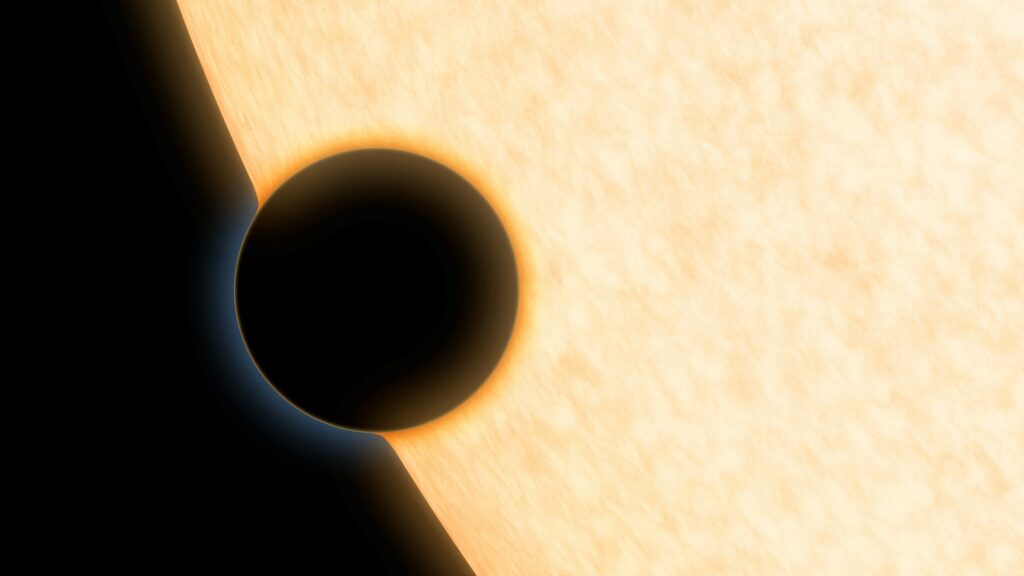An international team of researchers has announced the discovery of a new extrasolar world. It is a gas giant larger than Jupiter.

The discovery was made during the analysis of photometric data collected by the TESS telescope. It detected periodic changes in the brightness of the star TOI-4127. It is a luminary of spectral F-type.
Subsequent observations confirmed that the changes in the brightness of TOI-4127 were caused by transits through its disk of an exoplanet designated TOI-4127 b. It is a gas giant with a radius of 1.1 and a mass 2.3 times greater than the radius and mass of Jupiter.
TOI-4127 b makes one orbit around its star in 56 days, the equilibrium temperature of its surface is estimated at 330 °C. The exoplanet is moving in a very elongated orbit, which has an eccentricity of 0.75. To explain this anomaly, astronomers have considered the version according to which TOI-4127 b will turn into a hot Jupiter in the future. This is the name of gas giants that orbit at a very short distance from their parent stars and which atmospheres are heated to very impressive values.
However, in order for TOI-4127 b to become a hot Jupiter, it needs to move into a circular orbit. An exoplanet cannot do this on its own, for this it needs to exchange angular momentum with another body in this system, which gravity led to the initial perturbation of its orbit. However, at the moment, astronomers have not found traces of other exoplanets near TOI-4127 b. At the same time, they have not yet completely ruled out this version and admit that other, as yet undiscovered worlds may exist in this system.
You can also read about how an exoplanet lights up the auroras on its star.
According to https://phys.org
Follow us on Twitter to get the most interesting space news in time
https://twitter.com/ust_magazine

